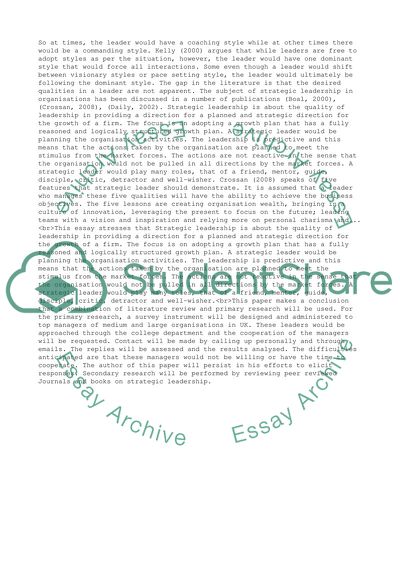Cite this document
(“Analysis of Strategic Leadership Qualities Needed In Modern Dissertation”, n.d.)
Retrieved de https://studentshare.org/management/1391466-analysis-of-strategic-leadership-qualities-needed-in-modern-organisations
Retrieved de https://studentshare.org/management/1391466-analysis-of-strategic-leadership-qualities-needed-in-modern-organisations
(Analysis of Strategic Leadership Qualities Needed In Modern Dissertation)
https://studentshare.org/management/1391466-analysis-of-strategic-leadership-qualities-needed-in-modern-organisations.
https://studentshare.org/management/1391466-analysis-of-strategic-leadership-qualities-needed-in-modern-organisations.
“Analysis of Strategic Leadership Qualities Needed In Modern Dissertation”, n.d. https://studentshare.org/management/1391466-analysis-of-strategic-leadership-qualities-needed-in-modern-organisations.


